

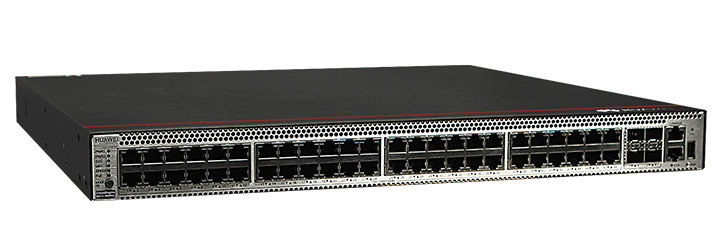
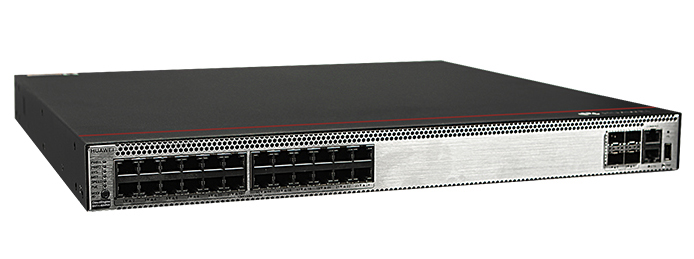
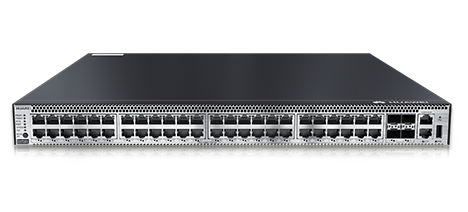
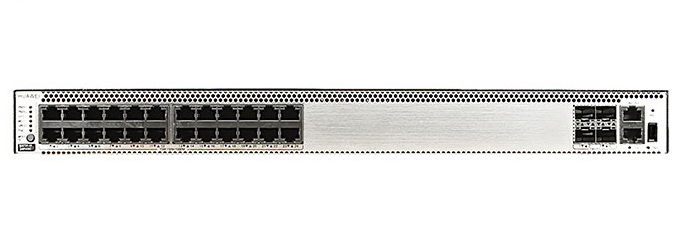
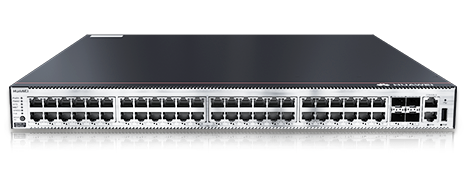

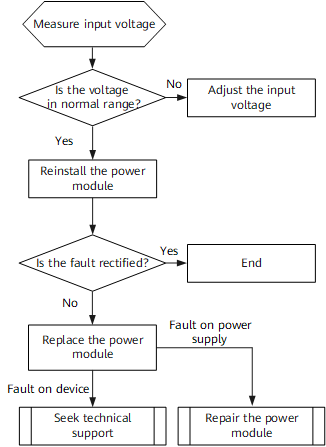


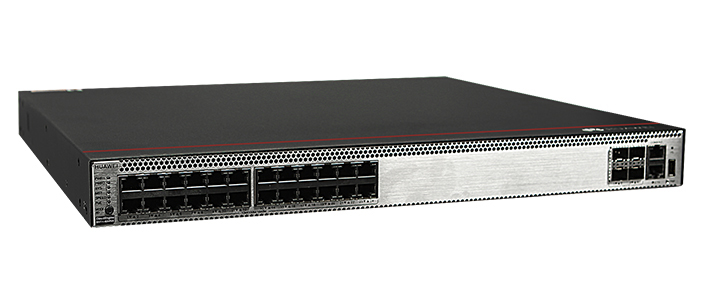

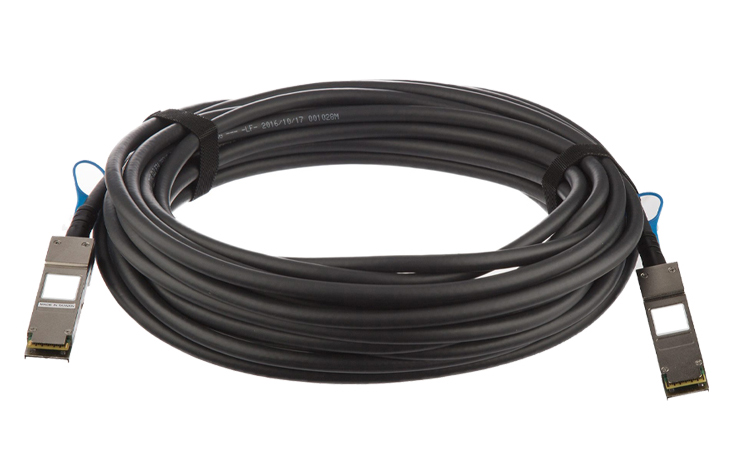


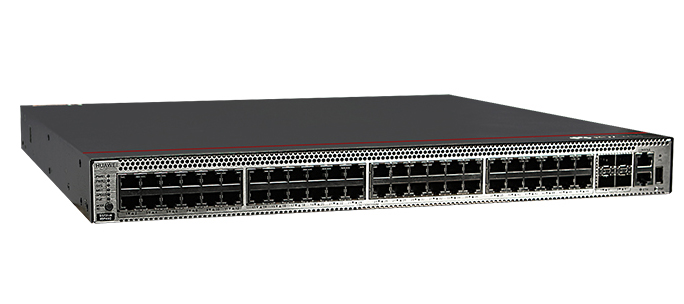

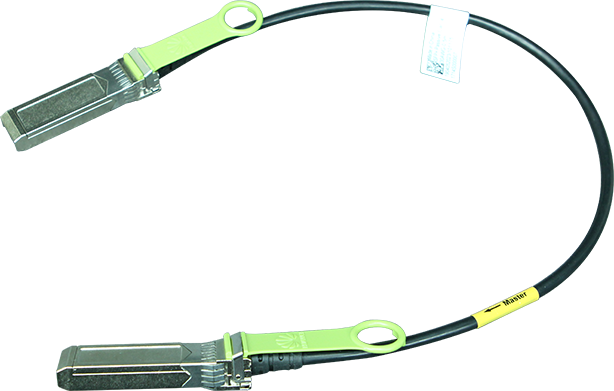
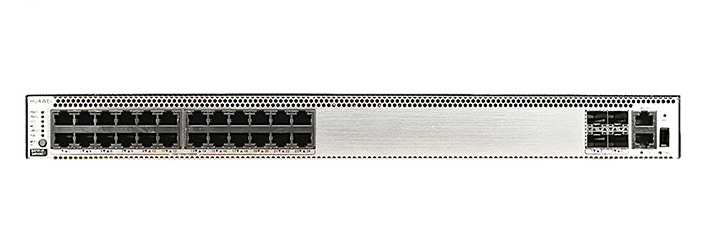

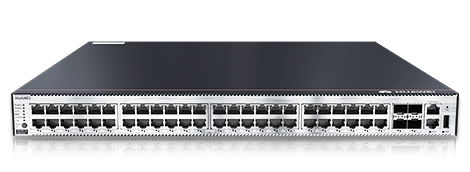

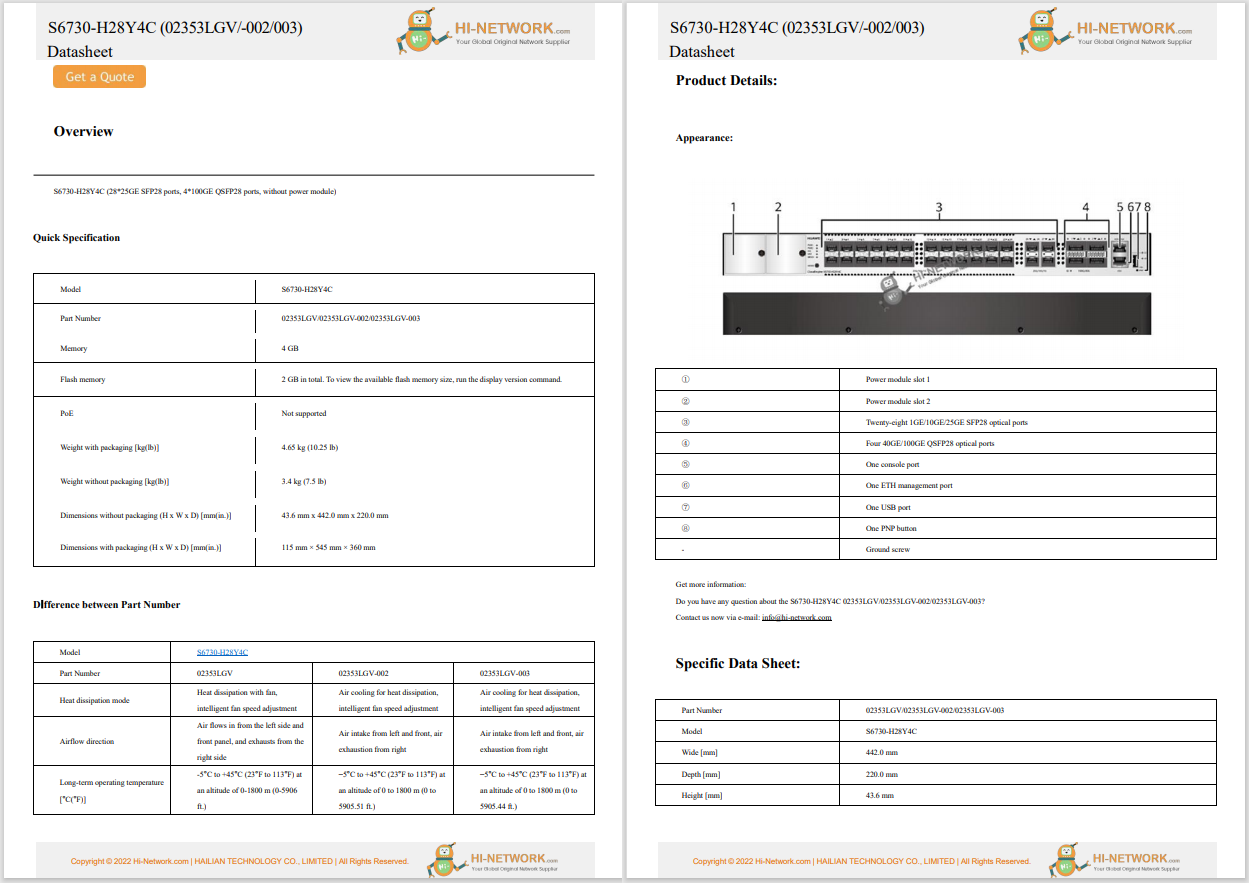

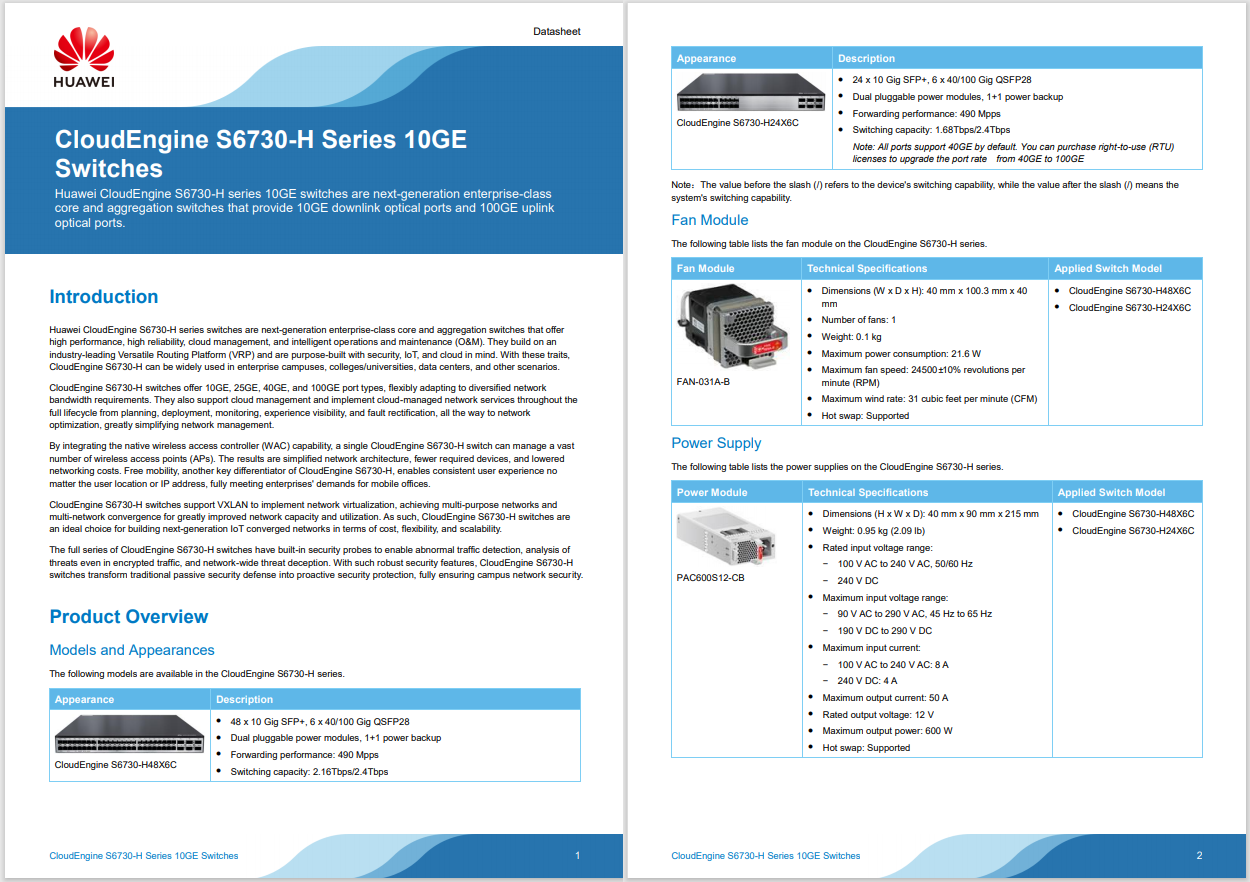




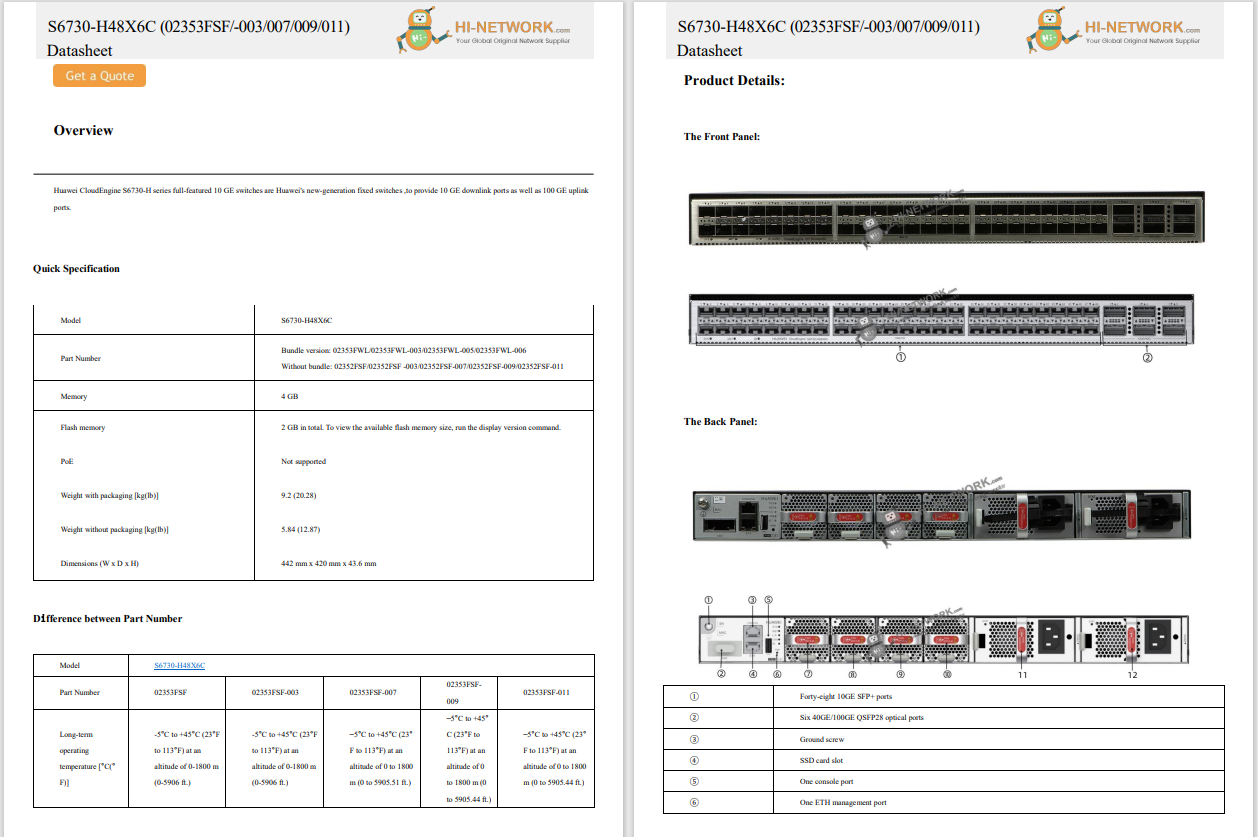
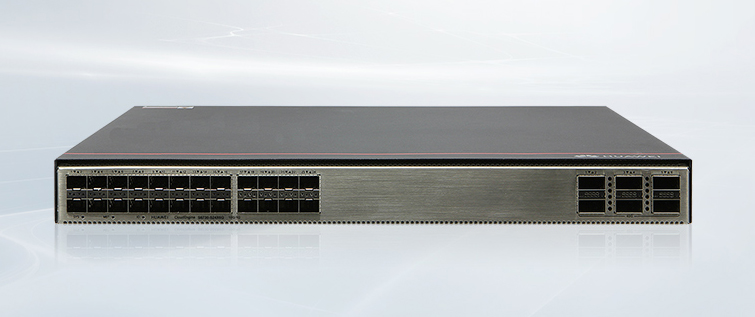

Chinese scientists have created the world's first AI-based system capable of identifying real nuclear warheads from decoys, marking a significant step in arms control verification.
The breakthrough, developed by the China Institute of Atomic Energy (CIAE), could strengthen Beijing's hand in stalled disarmament talks, although it also raises difficult questions about AI's growing role in managing weapons of mass destruction.
The technology builds on a long-standing US-China proposal but faced key obstacles: how to train AI using sensitive nuclear data, gain military approval without risking secret leaks, and persuade sceptical nations like the US to move past Cold War-era inspection methods.
So far, only the AI training has been completed, with the rest of the process still pending international acceptance.
The AI system uses deep learning and cryptographic protocols to analyse scrambled radiation signals from warheads behind a polythene wall, ensuring the weapons' internal designs remain hidden.
The machine can verify a warhead's chain-reaction potential without accessing classified details. According to CIAE, repeated randomised tests reduce the chance of deception to nearly zero.
While both China and the US have pledged not to let AI control nuclear launch decisions, the new system underlines AI's expanding role in national defence.
Beijing insists the AI can be jointly trained and sealed before use to ensure transparency, but sceptics remain wary of trust, backdoor access and growing militarisation of AI.
Would you like to learn more about AI, tech and digital diplomacy?If so,ask our Diplo chatbot!
 Hot Tags :
Artificial Intelligence
Capacity development
Critical infrastructure
Hot Tags :
Artificial Intelligence
Capacity development
Critical infrastructure